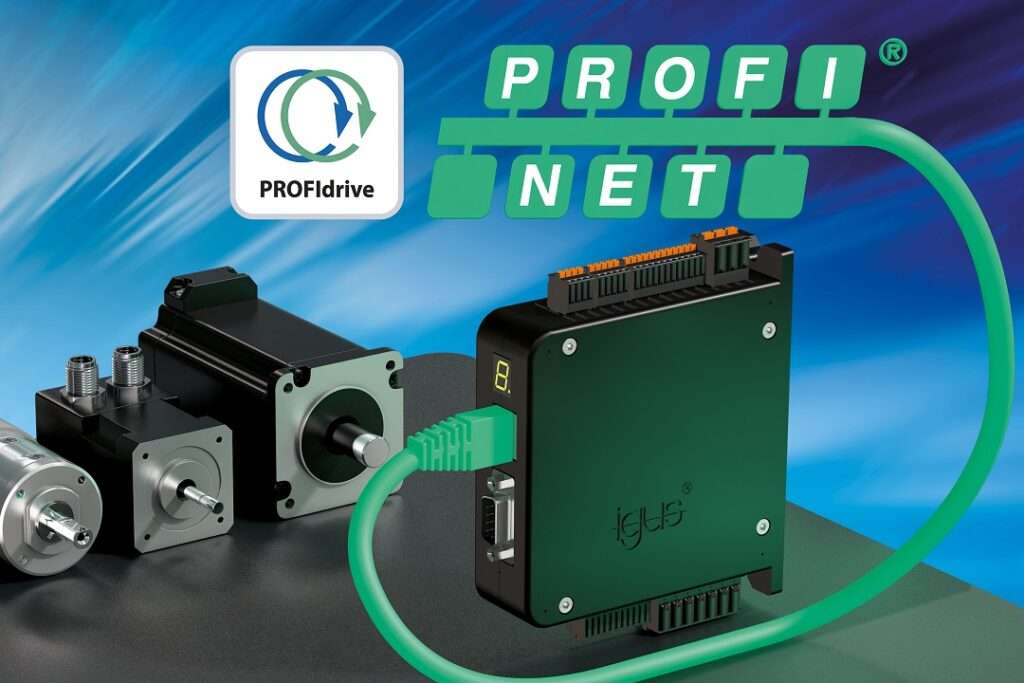Hyundai Mobis has entered into a Business Cooperation Agreement (BCA) with German company Zeiss to collaborate on the development of a holographic windshield display at its research center in Yongin, Gyeonggi-do. As this cutting-edge technology is currently not mass-produced, the two companies aim to begin production as soon as 2027 through close technical collaboration.
The holographic heads-up display (HUD) will use the vehicle’s windshield as a transparent screen to present various driving information and allow users to enjoy infotainment features like music, videos, and games simultaneously. This technology significantly advances existing HUD systems, which typically only display basic information such as speed, navigation, and speed limit alerts.
Hyundai Mobis emphasizes that this transparent display enhances driving safety by allowing drivers to access all necessary information without diverting their attention from the road. Additionally, it can transform vehicle interiors by removing dashboard-mounted displays, providing a more open feel and unobstructed views for both drivers and passengers.
Zeiss: Innovating in Optics and Optoelectronics
Zeiss, a key player in this partnership, is renowned for its expertise in optics and optoelectronics. Through its division, ZEISS Microoptics, the company supplies advanced micro-optical and holographic solutions for various applications in the automotive, consumer, and home technology sectors. Their multifunctional smart glass technology supports large-scale holographic projections, integrated cameras in transparent media, and innovative holographic lighting.
Hyundai Mobis and Zeiss are combining their technical strengths to develop this technology. Hyundai Mobis will manage system development and supply the projector, a crucial component of the Holographic HUD system. This projector will display videos and images onto the transparent windshield using lenses and reflectors. Key challenges include miniaturization, noise reduction, heat management, and optimizing solutions for passenger vehicles.
To display content on the windshield, a transparent thin film that incorporates holographic technology will be needed. This film, thinner than 100 micrometers (about 0.1 mm), will generate various patterns when exposed to light, producing vivid images and videos. Zeiss will develop and supply this Transparent Display, utilizing its advanced optical technology.
The collaboration has already led to preliminary product development, with plans to launch mass-produced units by 2027. The two companies recently created a prototype and demonstrated it to potential clients in the automotive industry.
According to OMDIA Research, the global market for holographic HUDs is projected to reach approximately 7 million units by 2030, signaling a significant trend in next-generation display technology.
Jung Soo-kyung, Executive Vice President and Head of the Automotive Electronics Business Unit at Hyundai Mobis, remarked, “With this collaboration with Zeiss, we aim to enhance the integration of optics and automotive technologies, expanding our efforts into holographic displays for vehicle interiors and exteriors, as well as 3D rear lamps.”








